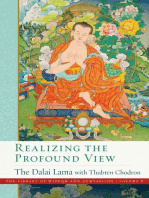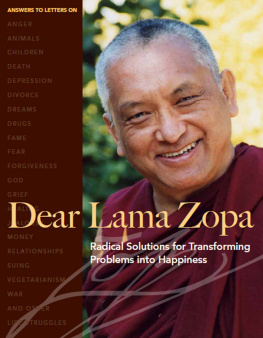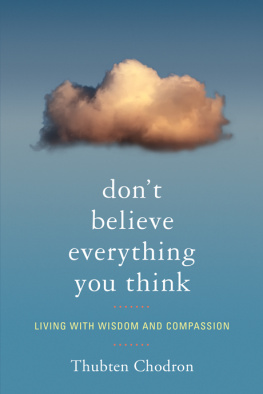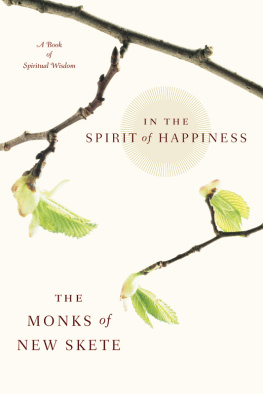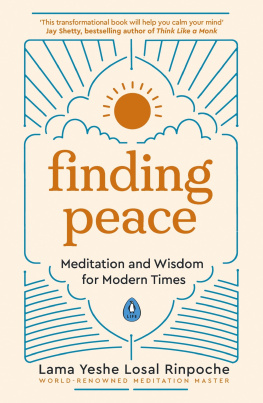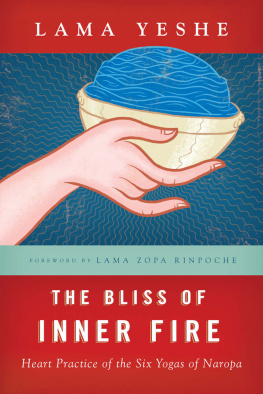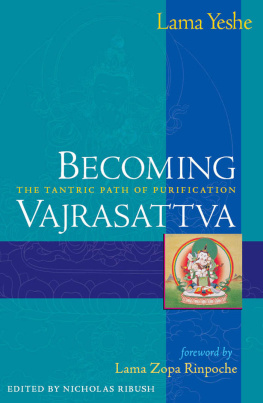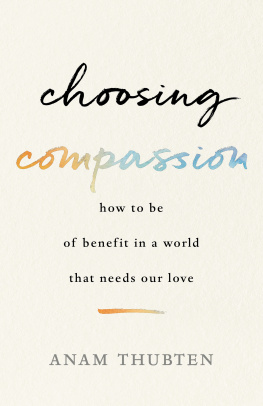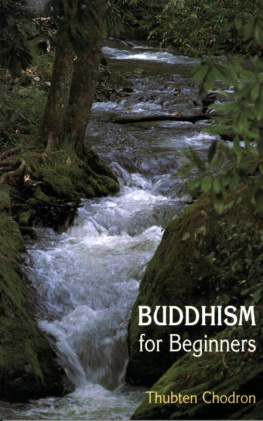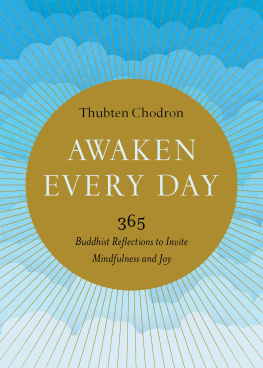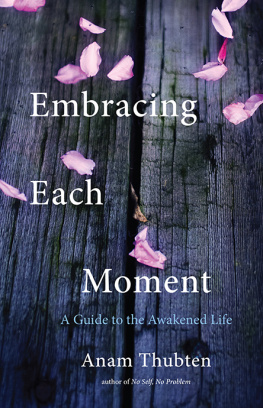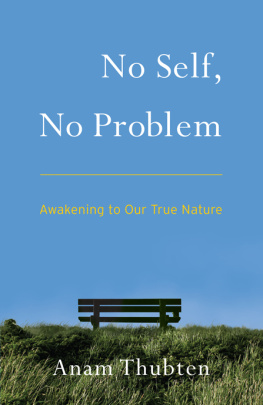Gelong Thubten - A Monks Guide to Happiness
Here you can read online Gelong Thubten - A Monks Guide to Happiness full text of the book (entire story) in english for free. Download pdf and epub, get meaning, cover and reviews about this ebook. year: 2020, publisher: St. Martins Publishing Group, genre: Religion. Description of the work, (preface) as well as reviews are available. Best literature library LitArk.com created for fans of good reading and offers a wide selection of genres:
Romance novel
Science fiction
Adventure
Detective
Science
History
Home and family
Prose
Art
Politics
Computer
Non-fiction
Religion
Business
Children
Humor
Choose a favorite category and find really read worthwhile books. Enjoy immersion in the world of imagination, feel the emotions of the characters or learn something new for yourself, make an fascinating discovery.

- Book:A Monks Guide to Happiness
- Author:
- Publisher:St. Martins Publishing Group
- Genre:
- Year:2020
- Rating:4 / 5
- Favourites:Add to favourites
- Your mark:
- 80
- 1
- 2
- 3
- 4
- 5
A Monks Guide to Happiness: summary, description and annotation
We offer to read an annotation, description, summary or preface (depends on what the author of the book "A Monks Guide to Happiness" wrote himself). If you haven't found the necessary information about the book — write in the comments, we will try to find it.
A Monks Guide to Happiness — read online for free the complete book (whole text) full work
Below is the text of the book, divided by pages. System saving the place of the last page read, allows you to conveniently read the book "A Monks Guide to Happiness" online for free, without having to search again every time where you left off. Put a bookmark, and you can go to the page where you finished reading at any time.
Font size:
Interval:
Bookmark:
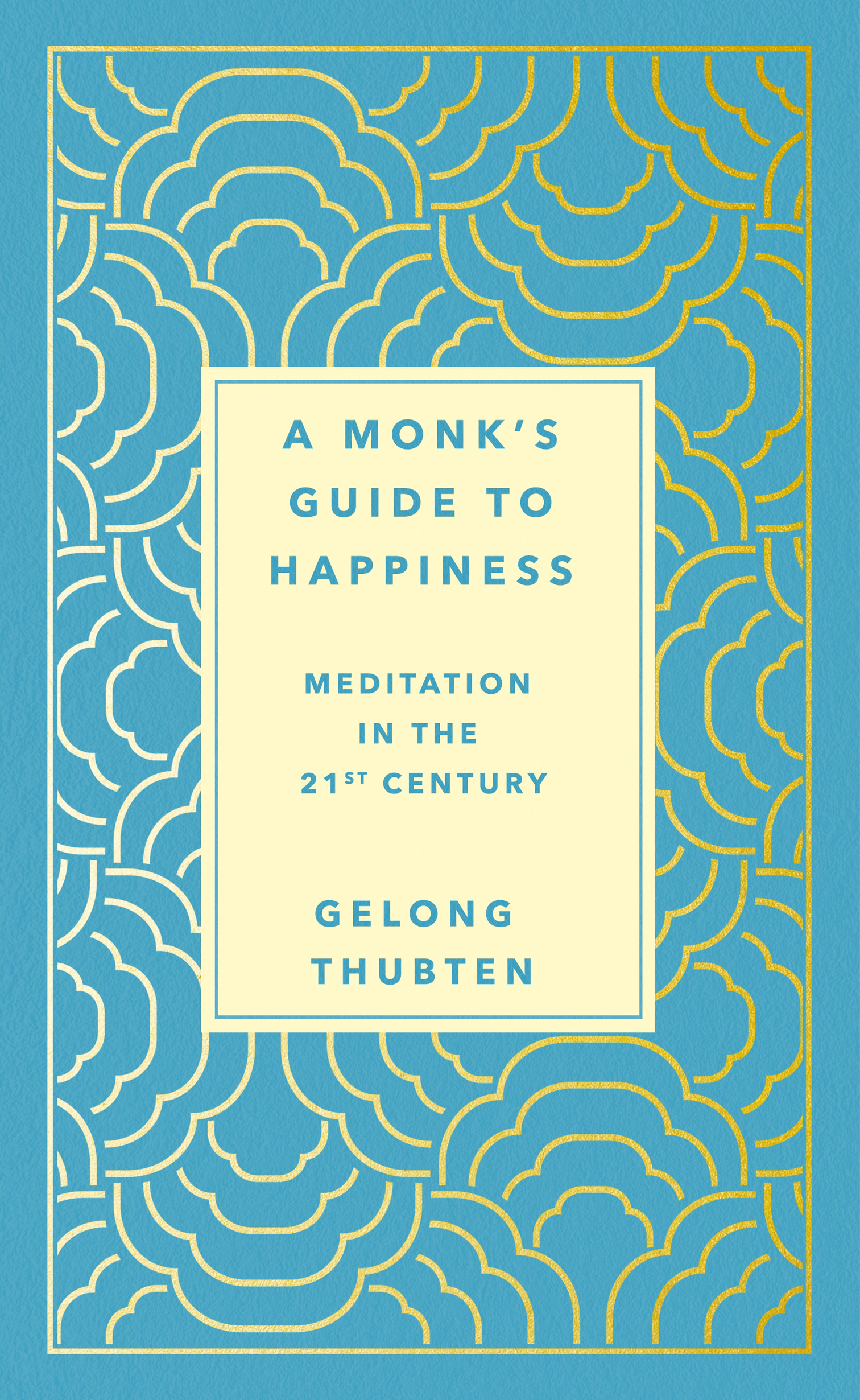

The author and publisher have provided this e-book to you for your personal use only. You may not make this e-book publicly available in any way. Copyright infringement is against the law. If you believe the copy of this e-book you are reading infringes on the authors copyright, please notify the publisher at: us.macmillanusa.com/piracy.
Dedicated to
Akong Tulku Rinpoche and my mother
In June 2009 I emerged from a meditation retreat that had lasted four years. It was an intensive program alongside twenty other monks, in a remote old farmhouse on the Isle of Arran in Scotland. We were completely cut off from the outside world, with no phones, internet, or newspapers. Food was brought in by a caretaker who lived outside the walls of the retreat and we had a strict schedule of between twelve and fourteen hours meditation per day, mostly practiced alone in our rooms. This program went on in the same way every day for four years. We were allowed to talk a little to each other at mealtimes or in the short breaks between sessions, but things intensified in the second year, when we took a vow of silence for five months.
I had never attempted such a long retreat before, and it was incredibly hard. I remember thinking it was like having open-heart surgery with no anesthetic: youre backed into the corner with your most painful thoughts and feelings, with no distraction or escape. This type of retreat is a radical method of meditation training, found in many Tibetan Buddhist monasteries. The completely immersive environment and intense schedule of long meditation sessions push the meditator to make friends with their own mind. At times, it was the unhappiest period of my life, yet in the end it taught me a lot about happiness. I learned that happiness is a choice, and something that we can tap into within ourselves.
The other monks and I had no idea what was happening in the outside world. Several things occurred during this period that have impacted upon our culture, including game-changing technologies such as the launch and widespread use of the iPhone, the arrival of YouTube, Twitter, and Facebook, as well as major historical events such as the election of President Obama, the financial crisis, and the execution of Saddam Hussein. Our retreat teacher would come in to check on us every few months, and did hint at some pieces of news: we were told there was this thing called Facebook where people ask you to be friends with them, and you feel too guilty to say no; hearing this, we simply stared in wide-eyed wonder.
When I came out, back into the normal world, one of the main things I noticed was the speed of things; everything and everyone moved so fast. Smartphones had become ubiquitous; the BlackBerry was now a dinosaur. Walking through London, I felt as if I had landed in a zombie apocalypse. It seemed people were wandering about in a hypnotic trance, their faces buried in screens. I also noticed that in the London underground train stations, the advertising posters lining the walls beside the escalators were now moving digital images, and I felt dizzy as they flew past me. People out here had maybe not felt the temperature rising, but my retreat and reemergence gave me a fresh perspective on how things had sped up. I also sensed a change in mood: most of the news now had a slightly hysterical tone, dominated by horror stories constantly invading peoples phones, leaving them with no escape. In the twenty-first century our relationship with information has completely changed; we know far too much. Even the way we consume informationin fleeting, bite-sized chunks through scrolling and swipinghas altered the landscape of how we process reality.
Emerging from the retreat, I was also struck by how peoples use of instant gratification as a means of feeling happy had reached new heights and how dissatisfied they were still feeling. As I started to interact with things, I got a strong sense that meditation was exactly what the world needed now, and not as a luxury but as a matter of survival. I became passionate about the pressing question of true, lasting happiness and what that really meant. So with a deeper sense of commitment, I immersed myself in teaching meditation in diverse environments, such as schools, universities, hospitals, drug-rehabilitation centers, and prisons, as well as in global technology companies and numerous highly stressed workplaces.
Ive found that many people seek a kind of happiness which is a fleeting sensation: a highan injection-like bolt of energy to the heart. Yet this never seems to last, and when they no longer experience that high, they crave it again.
We live in times where theres a lot of emphasis on feeling good. We look for some kind of hit, like a sugar rush, and so we lurch from one buzz to the next, concerned with having our senses stimulated and satisfied, sometimes all of them at once.
Much of the food and drink we consume creates an instant, false boost: sugar, additives, coffee, comfort carbs. We feel tired in the middle of the afternoon and so we grab a bar of chocolate and/or some caffeine to make ourselves feel better. Theres an advert for a particular brand of chips with the tagline, Once you pop, you cant stopand sure enough, the ingredients in the product can make us eat our way through an entire pack in one go. Do we ever find long-term satisfaction?
Watching films and television programs made today compared with those from the past, one of the main differences you see is that the modern style of filming tends to use exciting, fast-moving imagery which stimulates the senses. Films, television programs, commercials, and music videos can have hundreds of different frames squeezed into two minutes, and much of this is because were highly distracted and addicted to having our senses ramped up. An old black-and-white movie, where the camera lingers for a long time on one shot, seems boring; we now call that art house, its not the mainstream. We are drawn nowadays to a jumpy and excitable experience, which reflects how we live.
Social media has enabled a huge sense of connection but at the same time deep isolation. Lost in our screens, we scroll through images of other people eating their lunch while we eat ours, and we find it more and more boring just to sit still and be in the moment. Its hard for us to have simple experiences anymore; instead we crave the multiple inputs of eating while watching television or looking at social media and listening to music. We quickly find things dull, and so we constantly grab at the next experience, yet we never seem to fully arrive at it. Weve become addicted to likes, to the latest shiny material object or to anything that we think might bring us a pleasant feeling. We feel tired, our systems running on the stress hormones cortisol and adrenaline. Our bodies become overloaded with toxic chemistry, which we keep feeding, making us exhausted, unwell, and wanting more. Craving leads to more craving as we perpetuate an endless habit, whereby nothing is actually satisfying because the mind has already jumped over it in pursuit of the next thing. Its like an endless hunger, where we are constantly asking, When is it all going to happen for me? When am I going to feel fulfilled? Whats the next thing? Is this happiness?
The main brain chemical involved in that kind of happiness hit is dopamine, and interestingly this hormone surges
Font size:
Interval:
Bookmark:
Similar books «A Monks Guide to Happiness»
Look at similar books to A Monks Guide to Happiness. We have selected literature similar in name and meaning in the hope of providing readers with more options to find new, interesting, not yet read works.
Discussion, reviews of the book A Monks Guide to Happiness and just readers' own opinions. Leave your comments, write what you think about the work, its meaning or the main characters. Specify what exactly you liked and what you didn't like, and why you think so.

